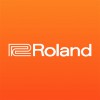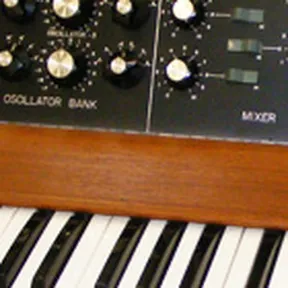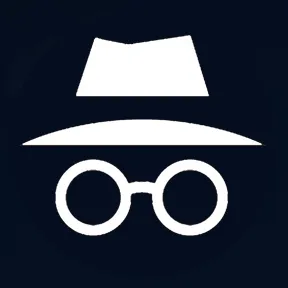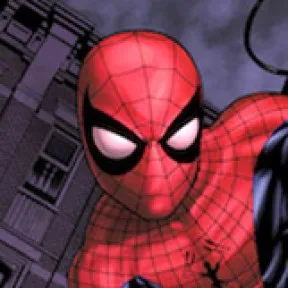Synths | Roland D-50 Linear Synthesizer (1987)
The Roland D-50 is a polyphonic 61-key synthesizer produced by Roland and released in 1987. Its features include Linear Arithmetic synthesis, on-board effects, a joystick for data manipulation, and an analogue synthesis-styled layout design.
The external Roland PG-1000 (1987-1990) programmer could also be attached to the D-50 for more complex manipulation of its sounds. It was also produced in a rack-mount variant design, the D-550 (1987-1990), with almost 450 user-adjustable parameters.
The D-50's capabilities could be modified through the addition of third-party products by Musitronics, most notably the M-EX which made the D-50 multitimbral (the D-50 was bi-timbral), as well as a chip that improved the D-50's response to incoming MIDI commands and a system for burning custom PCM cards with user samples for playback in the D-50.
The presets of the D-50, authored by Eric Persing and Adrian Scott, were well received by the artists' community, and most of them can be heard on numerous commercial albums of the late 1980s. The D-50's factory presets have enjoyed a long legacy, as patches like "Digital Native Dance", "Staccato Heaven", "Glass Voices", and "Living Calliope" are so common that they border on cliche. Some other D-50 presets live on in every machine that conforms to the General MIDI specification, including "Fantasia" (alternatively called "New Age Pad"), "Soundtrack", "Atmosphere", and "Nylon Atmosphere".
The D-50 was the first affordable synthesizer to combine sample playback with digital synthesis, a process that Roland called Linear Arithmetic synthesis. The engineers at Roland determined that the most difficult component of an instrument's sound to simulate realistically is the attack. To better emulate realistic sounds, the D-50 included almost 100 attack samples in ROM. The synthesizer played back an attack sample which was dove-tailed with more conventional subtractive synthesis to create the sustain of the sound. This dual-use method was required in 1987 since RAM was so expensive. Roland did, however, incorporate a number of "texture" samples that could be mixed into the synthesized sustain-part of a patch. These sustain samples gave many D-50 patches a lush and airy quality, particularly with its heavy use of choir, wind and string samples. The D-50 is probably the first virtual analog synthesizer
. The D50 also was an early digital synthesizer to integrate onboard digital effects: it took the possibilities for example found in the 1985 Korg DW8000 digital delay section a step further by including better stereo imaging and an equalizer[5], to see the Korg M1 include even more digital effects next year in their M1.
The Roland D-50 was awarded a TEC Award for outstanding technical achievement in musical technology in 1988















































